As schooling becomes more focused on test prep at the lower levels and specialization at the higher levels, it's hard not to think of tomorrow's job pipeline as selectively breeding people good at one thing above all else: compliance. But when those students become workers, their collective compliant mindset could potentially become a threat to our economy and culture, in that it's antithetical to what we need for the future: innovation.
Creativity has been described as originality combined with usefulness. Novelty isn't enough; the idea or behavior must also be adaptive to truly be creative.
Individuals can be highly creative by nature. Some personality traits consistently appear in those with high creativity, including openness to experience, impulsivity, conscientiousness, self-acceptance, and non-conformity. But creativity exists at the intersection of people and situations, and some situations are decidedly better than others. Some environments drain creativity (and creative people are highly sensitive to climate variables), while others foster it. So how do we breed climates that foster creative innovation?
Fortunately, there is more research every year on correlates and drivers of creativity from which we can tease out our own best practices. In a meta-analysis of 42 studies on the relationship between creativity and climate factors, 14 dimensions emerged as major predictors of creative performance -- especially in competitive and high-pressure environments.
1.Positive interpersonal exchange
2.Intellectual stimulation
3.Challenge
4.Flexibility and risk-taking
5.Top management support
6.Positive supervisory relationships
7.Positive peer group
8.Mission clarity
9.Organizational integration
10.Participation
11.Product emphasis
12.Reward orientation
13.Resources
14.Autonomy
From this list we can conclude not how to explicitly make people more creative, but how to create contexts for bringing forth the most creative outcomes. We can conclude that by providing people with supportive mentors, flexible working conditions, clear direction, and by being inclusive and tolerant of failure, we can bring out the best in students and employees.
Another crucial factor in enhancing creativity -- which accompanies many of the above factors -- is positive emotion. Barbara Frederickson has conducted research on the powerful effects of positive emotions, showing that they broaden the scope of attention available to us (in addition to building psychological "buffering" strengths). Researchers at the University of Toronto found that positive emotion "loosens inhibitory control", increasing visual and spatial attention and providing better semantic access, as well. They describe positive emotion as able to fundamentally change the amount of "both external visual and internal conceptual space."
Induced positive states have also been shown to make children more creative when finding solutions in standardized tests, and make doctors more accurate at clinical problem-solving. Positive affect is a driver of, a result of, and co-exists with creative thought in the workplace. Neuroscientist Rex Jung calls the creative brain the "meandering brain," and the creative person the one who puts out lots of ideas. Positive emotional states, along with allowance for autonomous self-directed action, support the meandering, connecting, creative brain.
Other research shows that organizational efforts towards increasing perceived work group and supervisor support are effective, and work-focused, constructive evaluation, and positive recognition of competence have also been shown to support creativity.
Intrinsic motivation is another key driver of innovation. Autonomy and challenge set the stage for this type of motivation to bear fruit; so does an individual's self-determination, competence, task involvement, and interest. The workplace can foster intrinsic motivation by providing challenge, freedom, resources, and encouragement.
So when looking for ways to boost creative outcomes and broaden thinking, look to the surrounding contextual factors, and use this research as a foundation for your interventions. Many companies are hiring creativity consultants to aid them in climate maximization. Creativity expert Georgia Shreve says that it's not enough to encourage creativity in an organization. "You must back it up with the five R's: Reinforcement (communicating that it is a primary priority); Resources (materials, staffing, space, and funding); Role-modeling (thriving, productive, creative exemplars); Reward (intangibles like recognition, and flexible work choices and conditions); and Reach (tapping talent in all aspects of the organization)."
Though fixing the limitations of our educational system is not the focus of this research, embracing the known factors that enhance creativity can, at the very least, help us to harness the dormant innovation within our workplaces, and continue to compete as a nation moving forward.